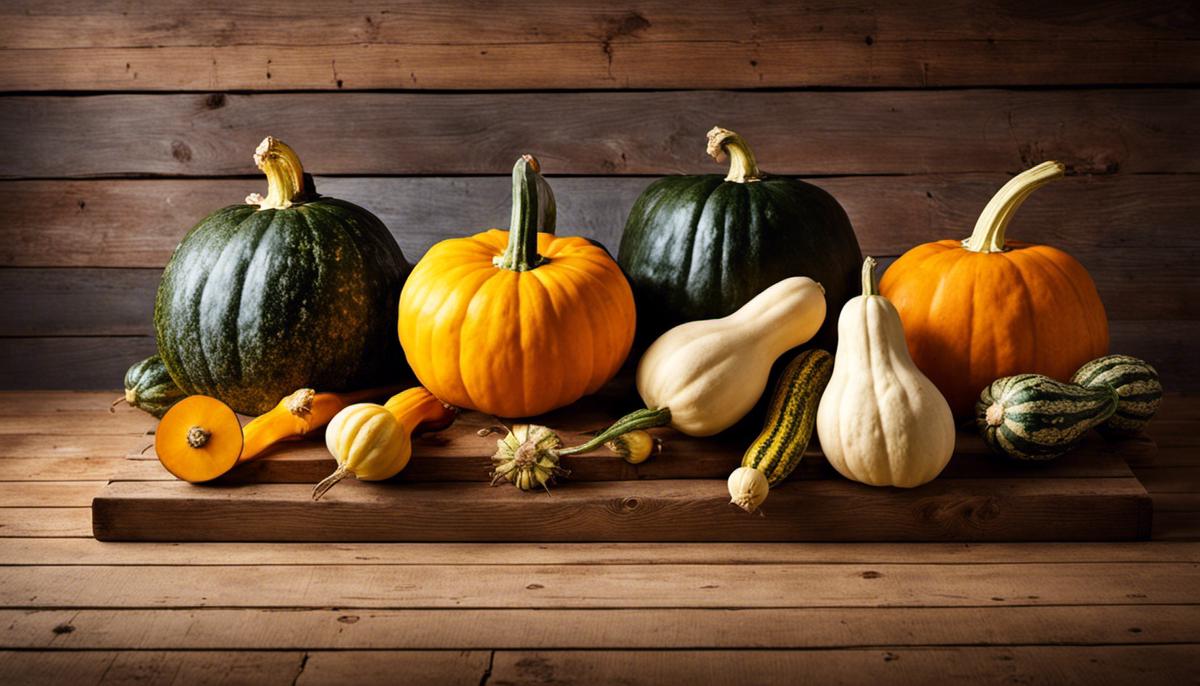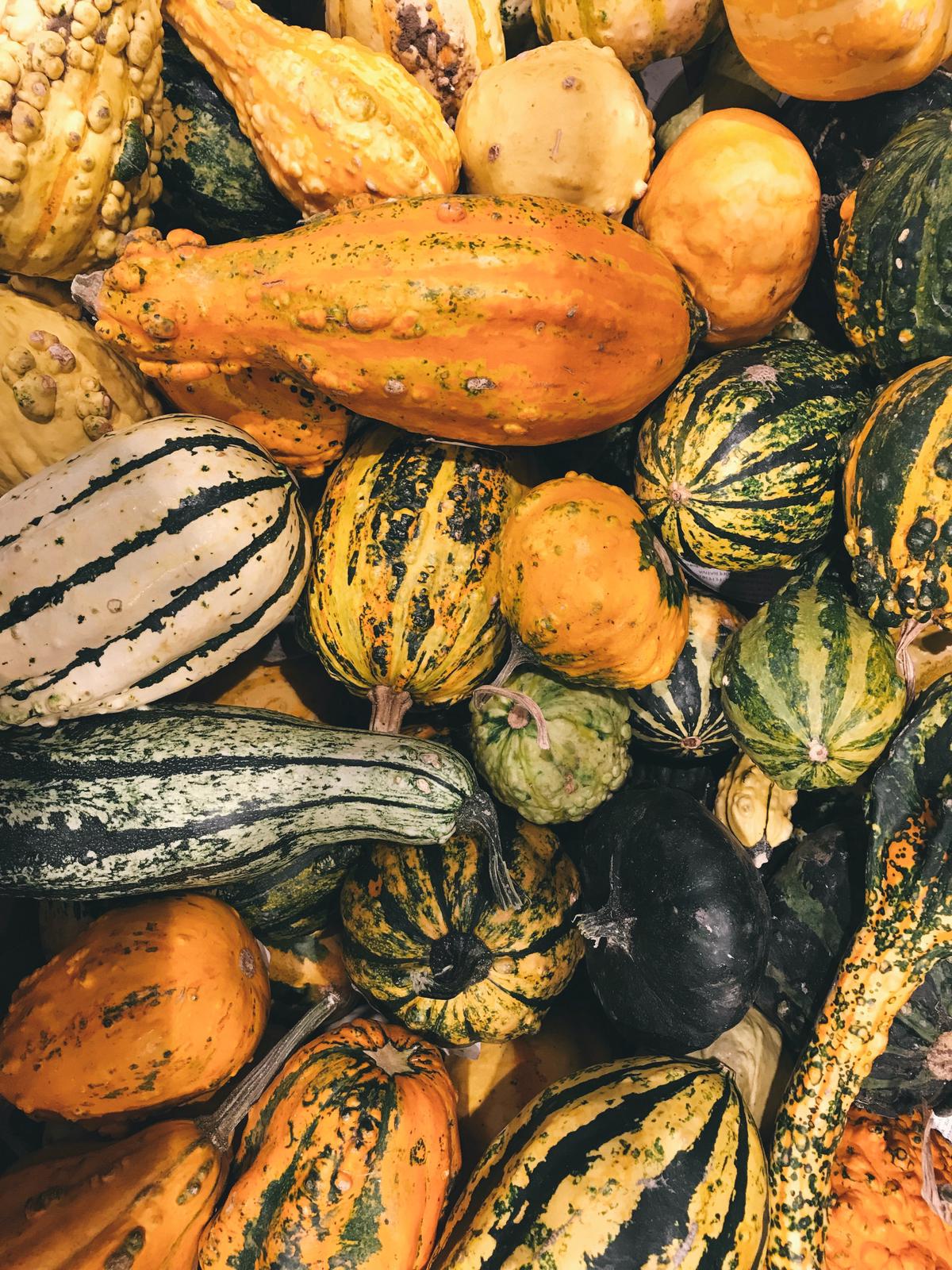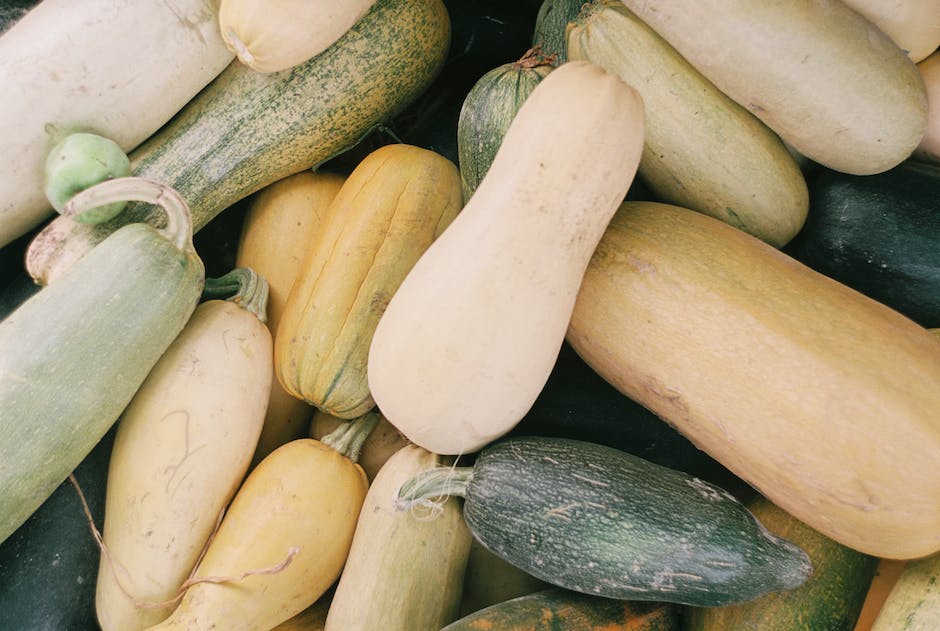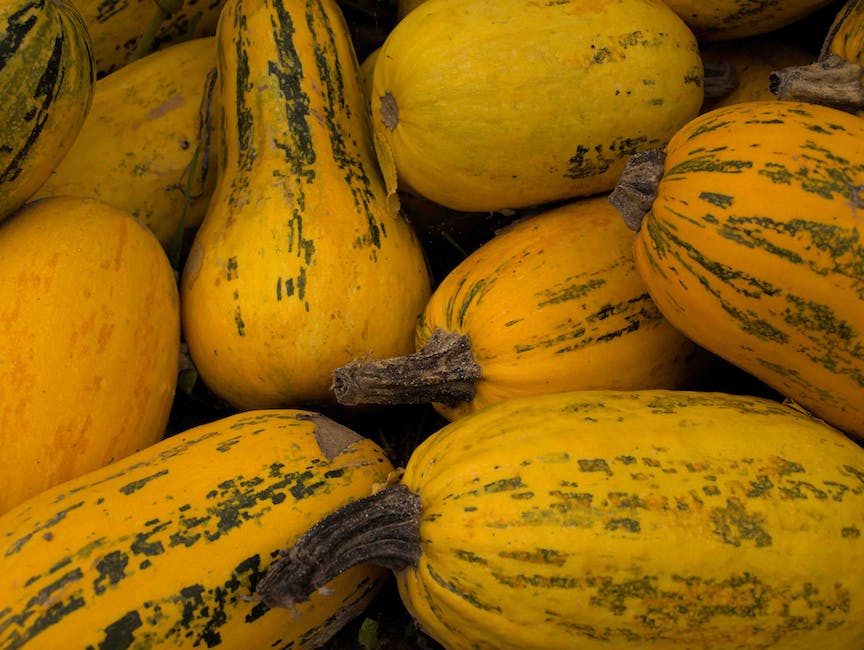Know Your Squash: Telling When Spaghetti Squash is Ripe

Enriching your understanding of the myriad squash varieties available is a fascinating journey, leading you to discover their diverse characteristics and peculiarities. Spaghetti squash, in particular, is a favorite among many for its delicate flavor and uncanny resemblance to spaghetti when cooked. However, part of unlocking the full enjoyment of this interesting vegetable lies not just in knowing how to prepare it, but in recognizing when it’s perfectly ripe for the picking. This encompasses appreciating its unique color, size, and feel when it’s at the peak of its ripeness. Moreover, ensuring that your spaghetti squash is stored properly is key to preserving its freshness and flavor for a delightful culinary experience.
Understanding Squash Varieties
A Food Lover’s Guide to Diversifying with Squash Varieties
Squash, an icon of autumn and cradle of countless comfort foods, is an irresistible invitation for every food devotee to experiment with versatility and flavor. Here’s a culinary exploration of the distinct squash varieties, and the array of dishes they can complement splendidly.
- Butternut Squash: This bell-shaped squash is a beloved favorite in the culinary world, known for its nutty, sweet flavor that somewhat mimics a sweet potato. It boasts a smooth, almost creamy texture when cooked, making it ideal for heartwarming soups, risotto, or just simply roasted with a sprinkle of salt and pepper.
- Acorn Squash: Named for its acorn-like silhouette, this green-skinned squash surprises with a flavor that is subtly sweet and a pleasingly peppery. The flesh takes on a slightly fibrous texture, which holds up well in casseroles and stuffed squash recipes.
- Spaghetti Squash: A fun member of the squash family, the spaghetti squash unravels into noodle-like strands when cooked. Its delicate, somewhat bland flavor is a perfect canvas for robust sauces. Replace traditional pasta with this squash for a lower-carb and gluten-free alternative that still satisfies.
- Delicata Squash: Delicata squash lives up to its name; it offers a delicate, sweet flesh reminiscent of sweet corn and sweet potatoes. An added advantage is its edible skin when cooked. No peeling necessary! Slice it into half-moons, roast it, and relish its sweet, comforting goodness.
- Kabocha Squash: Kabocha, also known as Japanese pumpkin, offers a flavor blend of butternut and sweet potato. It’s sweeter, denser, and creamier — a perfect fit for curry, salads, and even dessert recipes. Dive into this squash variety and explore the wave of sweetness it brings.
- Hubbard Squash: This large, rather dramatically shaped squash can be daunting at first, but it rewards handsomely in flavor. The taste, similar to a pumpkin but sweeter, makes this variety a great choice for pies. Loaded with velvety and creamy goodness, it elevates every dish it’s incorporated into.
Understanding the unique characteristics variation and flavor profile of squash varieties unlocks a whole world of new culinary possibilities. Remember, these are not shapeshifters but transformers of taste and texture. Roast to coax out sweetness, cook in butter or olive oil to bring out the natural richness, spice it up with seasoning, or brighten with a splash of citrus. The methods are countless and the end result promises comfort, warmth, and unquestionable gustatory delight. So let’s get that oven heated and knives sharpened, it’s squash season! Best wishes on this culinary journey into the wonderful world of squash. Put on the apron– it’s time to get creative and cook away!

Photo by brigittetohm on Unsplash
Identifying a Ripe Spaghetti Squash
Determining the Ripeness of a Spaghetti Squash – A Quick Guide
If you’re the type who dabbles in diet-friendly alternatives, then you’re probably not a stranger to the wonders of spaghetti squash. This pale yellow gourd surprises us with its intriguing ability to mimic pasta once cooked, providing a light yet satisfying base to a range of dishes. But hold your horses before heading into the kitchen; ensuring the spaghetti squash is ripe is a crucial step that is often overlooked.
Determining if a spaghetti squash is ripe is similar to identifying ripeness in its squash brethren, like the sweet and creamy Kabocha squash or the pie-friendly Hubbard squash. However, it’s still important to remember a few spaghetti squash-specific cues to guide you.
One of the essential aspects to consider is the color of the squash. Unlike Butternut or Acorn varieties, ripe spaghetti squash possess a particular hue and consistence in color that determines its readiness. It should reveal a deep, solid yellow color overall. If it’s green or displays an uneven color, it may require additional time to ripen.
Similarly, feel the squash to observe its texture and hardness. A spaghetti squash of optimum ripeness has a firm, hard shell identical to that of a ripe Kabocha or Delicata squash. You should not be able to easily pierce it with a fingernail. It’s also important to consider its weight. A ripe spaghetti squash feels dense and heavier than you might expect, suggesting that it’s full of fleshy goodness within.
Don’t forget to check the stem, as it holds clues to the squash’s maturity. It should be rounded, dry, and woody, rather than green or moist.
Finally, listen attentively! Yes, that’s right. When you tap or thump a ripe spaghetti squash, it should emit a hollow sound, much like a watermelon does.
Remember each squash variety has unique characteristics and flavor profiles of its own. However, all squashes share the universal virtue of enriching our lives with an array of textures and flavors – from the versatile, mild Butternut that absorbs spices, the distinct rich taste of the Acorn to the low-carb spaghetti squash that artfully replaces traditional pasta.
As we cook, bake, sauté, or grill them, it’s important to remember to first pick the ripest one in the lot. It not only intensifies the taste but also makes cooking a joy. After all, it’s these beautiful, edible treasures that help us craft and share comforting meals, savored across kitchen tables. That’s the true magic of food. Happy squashing!

Storing and Preparing Spaghetti Squash
Unlocking the Potentials of Spaghetti Squash: Home Storage and Delicious Preparations
Spaghetti squash sets itself apart from other squash varieties with its characteristic strands that, when cooked, are conveniently similar to traditional pasta. So how do we properly store and prepare this gem of a squash?
The adventure begins upon bringing home a ripe spaghetti squash from the market. Storing it properly ensures the flavor and quality remains pristine for cooking later. This type of squash does not require refrigeration, unlike other fresh produce. Simply keep it in a cool, dark place with good air circulation such as a pantry or a cupboard. You’ll be delighted to know that it can maintain its freshness for around a month, leaving enough opportunity for a culinary experiment.
However, once it’s cut open, the clock starts ticking. Leftover raw spaghetti squash can be stored in the refrigerator, wrapped tightly in plastic wrap, to keep it fresh for up to a week. Or if you’ve cooked too much, cooled leftover strands can go into an airtight container and kept in the fridge for the same amount of time – ready for a quick meal when you need it.
So, we’ve stored it and it’s time to unleash the magic inside this squash. Preparing spaghetti squash is as easy as it is delectable. Rinse the squash’s exterior under cool water to remove any grime, then pat dry. Being careful with your hands, slice through the squash lengthwise from stem to end. It’s time for a little strength, as the skin is rather tough.
Once open, scoop out the seeds and stringy bits, much like you would with a pumpkin. Those seeds don’t have to go to waste though – roasting them can result in a savory snack. But back to the squash: it’s ready to be seasoned as desired.
Cooking spaghetti squash is where its magic truly happens. Place the halves cut-side down on a baking sheet, then pop them into an oven preheated to around 375°F. You can expect your squash to be done in about 40-45 minutes, or when the flesh can be easily pierced with a fork. Let it cool, then use a fork to gently scrape the flesh, releasing the pasta-like ‘spaghetti’. Now you’ve got a blanket of tender strands ready for any flavor combination you can dream up.
From light and zesty flavors using fresh herbs and citrus, to heartier fare by baking it with cheese, spaghetti squash can handle a wide spectrum of tastes. Spaghetti squash is also a perfect canvas for a delicious Bolognese sauce or a light olive oil and garlic combination. The freedom to experiment with it allows for boundless culinary creativity.
Finally, like any food journey worth taking, the best results come from the joy of the process. Embrace the art of preparation, the cozy smell of baking squash, and most importantly, the delectable flavor and satisfying textures that are produced. So, go find that perfectly ripe spaghetti squash and start your own home cooking adventure.

Armed with these insights, you’re now primed to spot that perfectly ripe spaghetti squash in the grocery aisle or your home garden. By paying attention to its distinct color, size, and feel, you can ensure that you’ve picked a spaghetti squash at the pinnacle of its quality and flavor. Remember that good storage is vital for maintaining peak freshness and that proper preparation can truly let this unique squash shine in your dishes. Speckled with knowledge and tips, your spaghetti squash adventure can finally take flight, delivering you to a world of delightful, healthful, and delicious culinary experiences.



